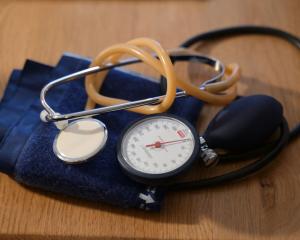Food safety officials have changed the way that bivalve shellfish such as mussels, cockles, oysters, and scallops are cleared for import.
Until yesterday, shipments were able to turn up at the border to be sampled and tested, but from today the shellfish will only be allowed from permitted countries and from sources able to provide robust certification of the imports.
The imported shellfish are a "high-risk" food because of the potential presence of disease-causing bacteria or viruses, marine biotoxins, which filter-feeders can accumulate in poor environmental, management and harvesting conditions.
From today, a government authority in the exporting country will issue approved certificates that the shellfish comply with import requirements, through there will be a four week "grace period" during February to allow for product still in transit.
Requirements laid down by the Food Safety Authority will be updated online today.
They will include approved government-issued certificates for imports from Chile, Japan, Korea, Peru, Thailand and Vietnam, with the shipments meeting hygiene and sanitary standards set for export to the European Union. The certification will be verified at a sampling rate of 5 percent, with all first consignments from new suppliers sampled and tested.
The Korean government will also issue certificates for products derived from factories listed by the Unites States' national shellfish sanitation programme, but Japan will only certify frozen scallop adductor muscle with roe.
Shellfish from the European Union, Australia and Canada with the right certificates will be verified at a rate of 1 percent.
Findings from the assessment of China's management systems "are in the process of being finalised and communicated to China" and in the meantime those shipment will stay on the existing sampling and testing regime.
The United States consumer safeguards for shellfish have been recognised "in principle" as being equivalent to New Zealand's precautions, except in the case of the Vibrio vulnificus bacteria.
The bacteria occurs naturally in oysters and was responsible for 31 deaths in Florida after 138 diners became infected over four years.
In the US cases are mostly confined to the Gulf states where oysters are harvested from warm waters, and consignments of raw oysters from the US will have to be certified as not being from the Gulf Coast -- Texas, Louisiana, Mississippi, Alabama and Florida.













